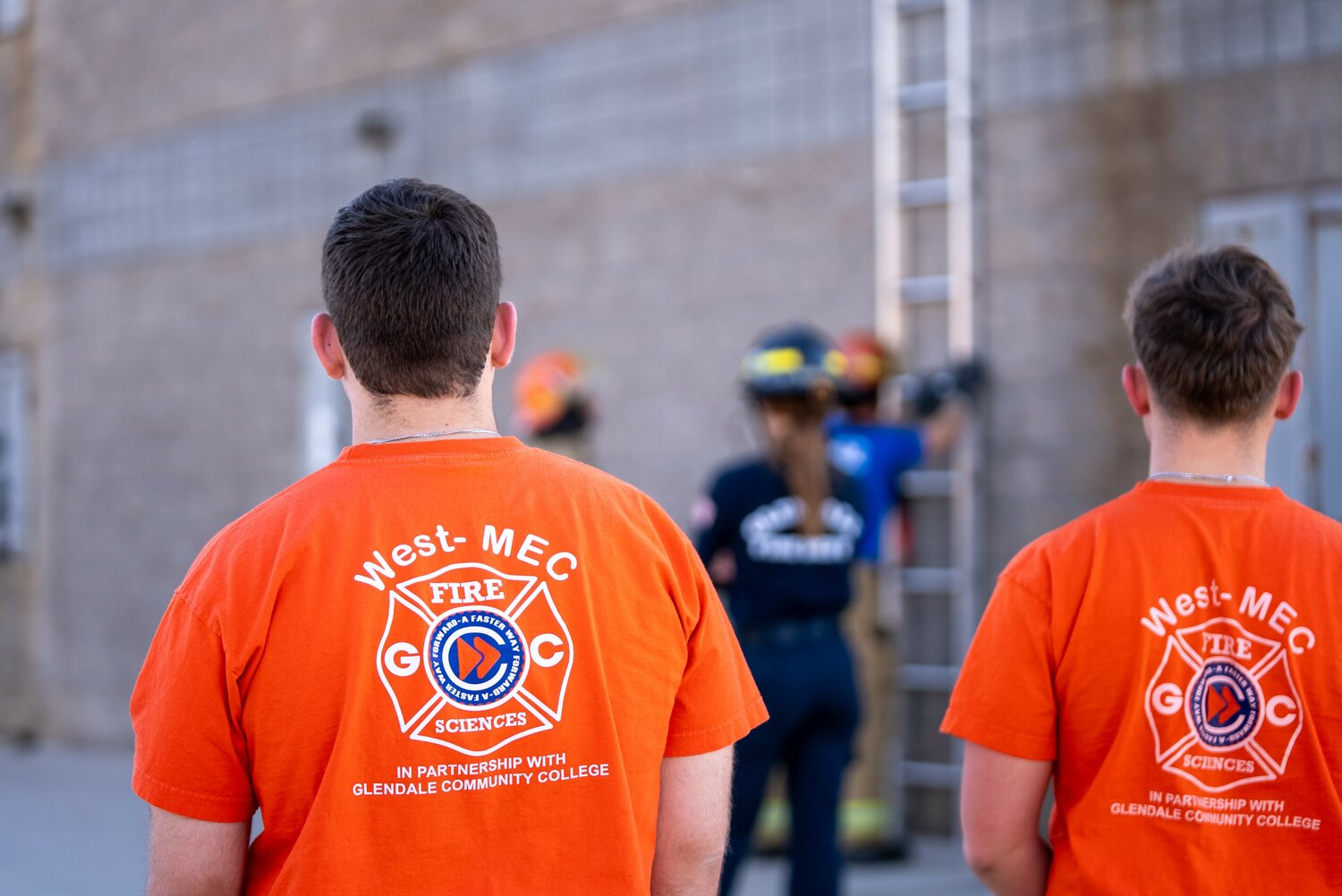By Leticia Reyna-Stroud | Western Maricopa Education Center
Since 2002, Arizona has ranked fifth in the nation for most acreage burned due to wildfires. As one of the most vulnerable states for wildfires, it is crucial to have a pipeline of well-trained firefighters.
In July, the Dragon Bravo Fire on the Grand Canyon’s North rim burned approximately 145,000 acres and it wasn’t fully contained until Sept. 25. With this recent tragedy at the top of our minds, and as we recognize Fire Prevention Month throughout October, it’s important to highlight the growing need for skilled, dedicated professionals in this field.
There continues to be a serious firefighter shortage throughout the Valley and the state, fueled by a challenging housing market, high turnover and limited funding. The shortage puts added strain on current crews and volunteers, making it more difficult to protect both our communities and natural landscapes.
I believe our approach to fire education and training must change. With the recent shortage of workers, many units are calling upon younger professionals to close that gap. While younger generations hold incredible skillsets of their own, we must invest in recruitment and retention programs to ensure they receive the fire service training necessary to feel empowered out in the field, ultimately securing their safety and the safety of the communities who rely on them.
Why education is essential
Fire prevention begins with education. Fires move differently depending on the environment, materials and conditions. To anticipate how a fire will move and determine which tactics will work best for the given community, the next generation of firefighters must understand fuel loads, weather patterns and human behavior. We must teach young firefighters not only how to respond, but how to anticipate and prevent.
In West-MEC’s Fire Science Program, hands-on learning, professional mentorship and a supportive environment prepare students with the technical skills, discipline and confidence needed to thrive in the fire service. Students participate in simulated fire scenarios, smoke drills, ladder exercises and team-based operations that mirror real fireground experiences. Through instruction in theoretical foundations and practical applications of firefighting, this immersive training environment allows students to apply their knowledge in realistic settings, building competence and confidence every step of the way.
When students complete the program, graduates have the chance to earn industry-recognized certifications like wildland firefighter credentials and prepare for the Candidate Physical Ability Test which are both key to becoming a professional firefighter. These certifications give students a competitive advantage, whether they continue onto postsecondary education or join the workforce after graduation.
Investing in fire science and safety education for our future professionals means investing in our communities and neighborhoods, ensuring that every first responder holds the skills and confidence to uphold our safety. When we prioritize their training, we support those who fight for our safety before, during and after a crisis. Education is the foundation of fire prevention.
Editor’s note: Leticia Reyna-Stroud is partner program manager for West-MEC — Western Maricopa Education Center. Please submit comments at yourvalley.net/letters or email them to AzOpinions@iniusa.org. We are committed to publishing a wide variety of reader opinions, as long as they meet our Civility Guidelines.
Keywords
Western Maricopa Education Center,
West-MEC,
firefighters,
fire science,
Fire Prevention Month
